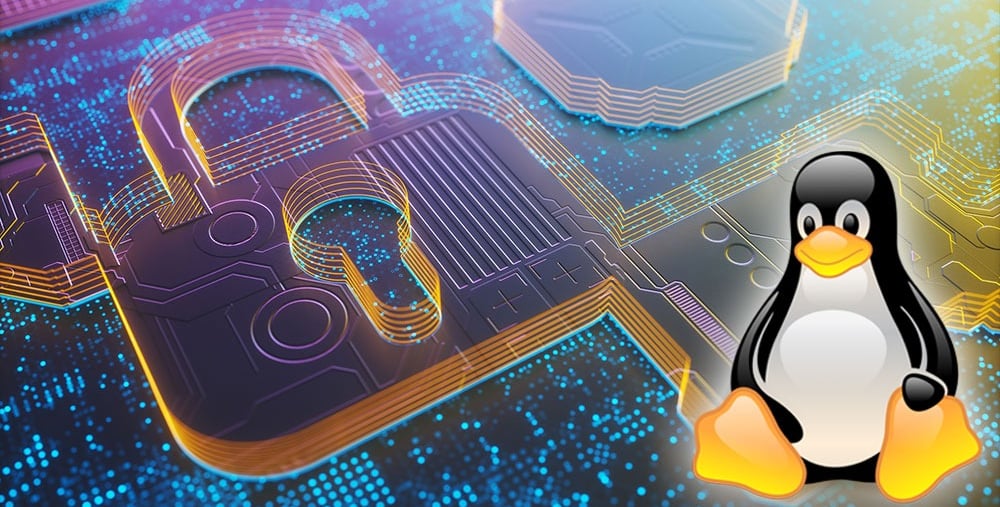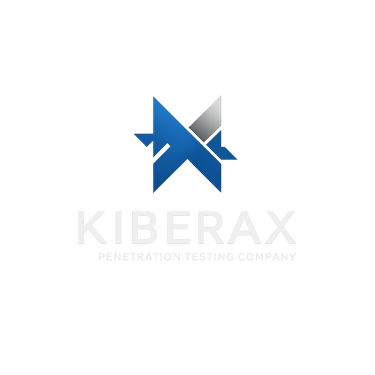Introduction to Linux Basics: A Beginner’s Guide
Take your first step into the Linux operating system. This guide provides simple and informative explanations about the core concepts of Linux, popular distributions, the command line, and the file system.
Ilgar Hasanof
6/10/2025


What is Linux? Introduction and Basics
Linux is an open-source, free, and versatile operating system widely used across various platforms—from servers and smartphones to supercomputers. The key distinction of Linux is its open-source nature, meaning anyone can view, modify, and adapt its source code to their needs.
1. History of Linux
Linux originated in 1991 when Linus Torvalds, a Finnish student, began writing a free and open-source kernel for his personal computer. Over time, the project expanded as programmers from around the world contributed, ultimately forming the Linux operating system.
2. Linux Kernel and Its Role
The kernel is the core component of the Linux operating system. It acts as a bridge between the computer’s hardware and the software. Functions such as memory management, processor scheduling, file system handling, and device communication are all managed by the kernel.
3. Linux Distributions (Distros)
Linux itself is not a single program but consists of various versions known as “distributions.” Each distribution is tailored for specific purposes and comes with different software, environments, and management tools. Popular distros include:
Ubuntu — Simple and user-friendly, ideal for beginners
Debian — Stable and widely used
Fedora — Innovative with the latest software
CentOS — Reliable choice for servers
Arch Linux — Flexible system for advanced users
4. Advantages of Linux
Open Source: Anyone can view and modify the code.
Free: Usage and distribution are free of charge.
Security: More resilient against viruses.
Stability and Performance: Can run continuously for long periods without interruption.
Flexibility: Users can fully customize the system according to their needs.
Strong Community Support: Millions of users and developers worldwide.
5. Where and How Linux is Used
Linux is widely used in many fields:
Servers: Web servers, databases, and cloud services often run on Linux.
Mobile Devices: The Android operating system is based on the Linux kernel.
Supercomputers: The world’s most powerful computing centers use Linux.
Personal Computers: Distros like Ubuntu and Mint are popular for home and office use.
6. Linux Shell (Command Interface)
The Linux shell is a program that communicates commands between the user and the kernel. It allows users to manage files, run applications, and modify system settings through the command line.
The most popular shell is Bash (Bourne Again Shell). Other well-known shells include Zsh, Fish, and Tcsh.
Shell commands are often short and simple, but complex tasks can be automated with powerful scripts.
7. Explanation of Key Directories
/ — Root directory, starting point of the file system
/bin — Essential user programs and commands (e.g., ls, cp)
/boot — System boot files (kernel and bootloader)
/dev — Device files (interfaces for hardware resources)
/etc — System configuration files
/home — Personal directories for users
/lib — Core libraries necessary for programs
/media — Mount points for external devices (USB, CD/DVD)
/mnt — Temporary mount points
/opt — Optional user applications and add-ons
/proc — Virtual file system for system and process information
/root — Administrator’s (superuser) home directory
/sbin — System administration programs (mainly for admins)
/tmp — Temporary files
/usr — Secondary user programs and files
/var — Variable files (logs, mail, print queues)


